Birdhouse Gourd, Lagenaria siceraria
Since Japanese beetles came into to our garden life, it has been almost impossible to keep my grapevines presentable in Le Potager garden; the beetles skeletonize almost all the leaves over summer. It looks terrible on the pergola in the middle of the garden as the brown grapevine contrasts with the rest of the lush, green space. I decided to matchmake this sad grapevine with birdhouse gourds to cover up their destroyed leaves. It worked perfectly! The gourd climbed up on the grapevine happily and produced aromatic white flowers during summer evenings that later became the humorously shaped fruits perfect for craft projects (now I must think whether I should make birdhouses or flasks).
Growing birdhouse gourds is very easy. You can ‘direct sow’ their seed into the fertile garden bed in late May (after the last frost date in your area) or start a few weeks earlier indoors then transplant the seedlings. The gourd vine likes a sunny location with well-drained, fertile soil. Also, keep soil moist and don’t let it dry out, just like in a traditional vegetable garden.
The birdhouse gourd is a vigorous flowering annual vine, which climbs onto a garden structure (such as a pergola) easily with its tendrils. You can also plant them on a compost heap to cover it up (make sure your gourd fruit does not touch the ground directly to prevent rot). The plants produce both male and female white flowers on the same vine. You can easily identify the female flower as the bottom of the flower is swollen into the shape of a small gourd. Once your seedlings start taking off, make sure to let them grow until the main vine can reach to the structure (or your desirable height) where you would like your gourd to climb, then prune it to develop the lateral branches for encouraging it to produce more female flowers.
Birdhouse gourd, Lagenaria siceraria, is a hard-shelled gourd, a type of tropical squash (cucumber family, Cucurbitaceae) native to northern Africa. The hard-shelled gourd was cultivated by people 10,000 years ago. It spread all over the world because it is easy to grow and produces fruits that were used as bottles to carry water, storage for foods, floating devices, musical instruments, garments and more.
There are many ways to dry the gourds, but the easiest way is to keep the gourd fruits on the vine until the first freeze (the leaves and vine are brown), then harvest and store them in a cold, dark and dry storage area such as garage or basement. Make sure to check them occasionally and turn each gourd to prevent molding. After the gourds are dried, you can drill a small hole to make your birdhouse.
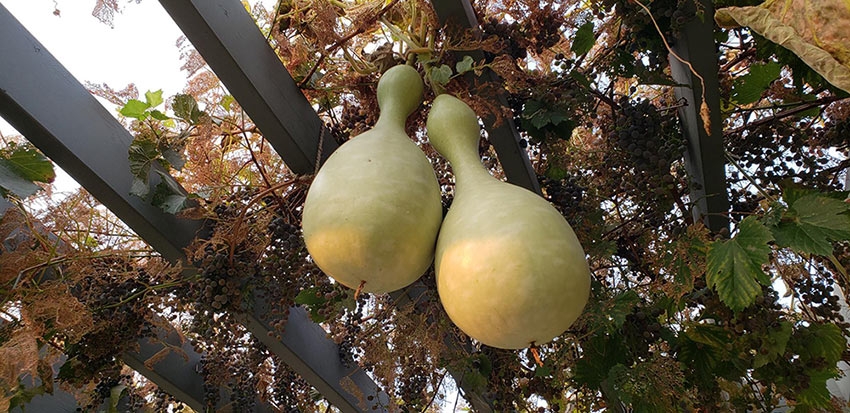
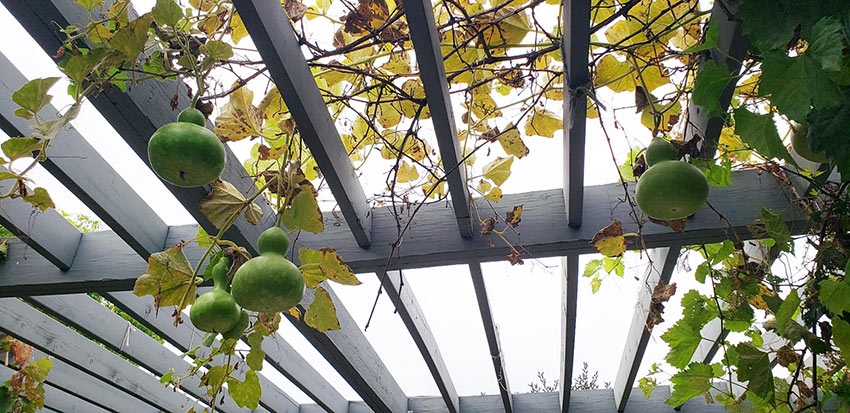
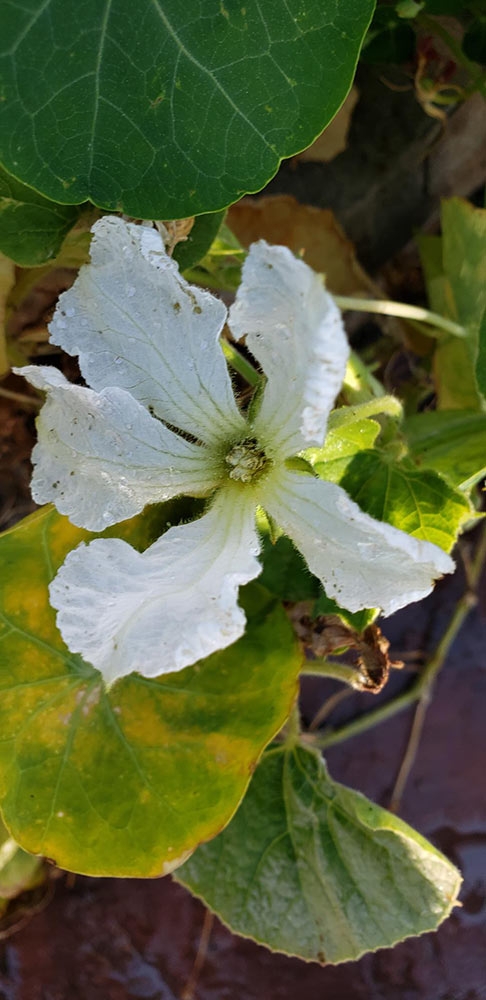
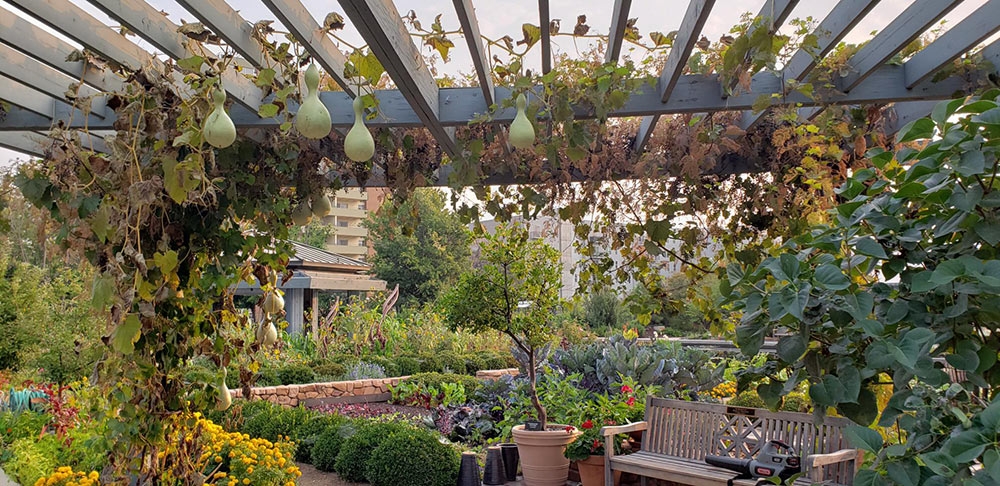
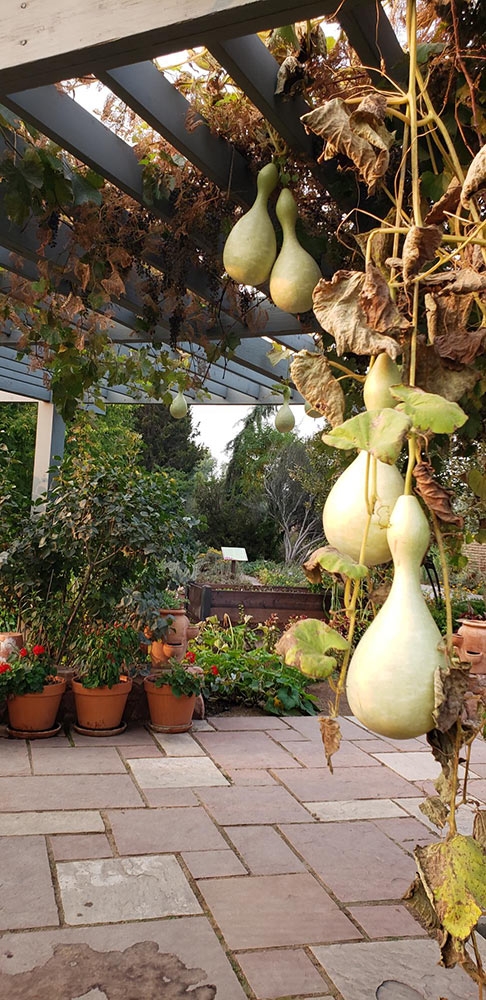
Add new comment